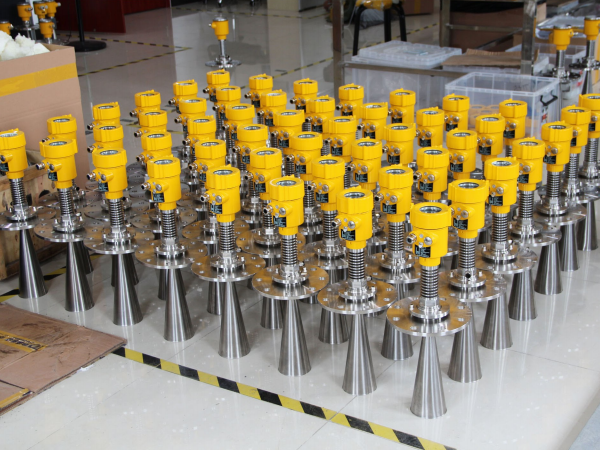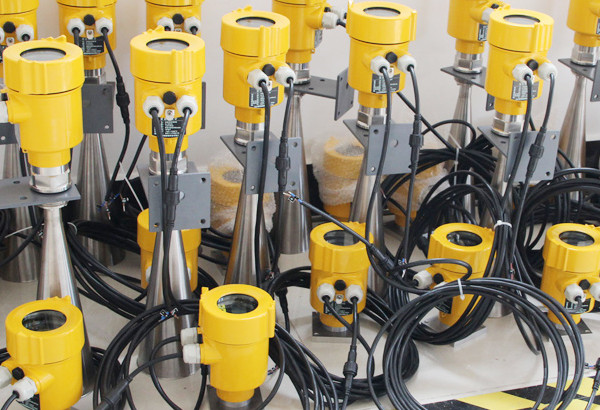Radar level gauges are widely used in various liquid storage and handling facilities due to their high accuracy, reliability and non-contact measurement.
However, in practical applications, the measurement accuracy of radar level gauges is affected by many factors, among which the dielectric constant of the medium is one of the key parameters that affects its performance.
Today we will discuss how the dielectric constant affects the measurement results of radar level gauges.

What is the dielectric constant? The dielectric constant, also known as the relative permittivity, is a physical quantity that describes the ability of a material to maintain an electric field. It reflects the effect of materials on the propagation speed of electromagnetic waves.
Different materials have different dielectric constants, which directly affects the propagation speed and reflection characteristics of radar waves in the medium.
In order to understand how dielectric constant affects measurements, it is first necessary to understand how radar level gauges work.
Radar level gauges work by emitting a microwave signal that is reflected back when it encounters the surface of a liquid. The device then calculates the liquid level based on the time difference between sending and receiving the signal.
In this process, the propagation speed of the signal depends on the dielectric constant of the medium.

When the dielectric constant of a liquid is known and correctly set in a radar level gauge, the device can accurately calculate the propagation time of the signal and thus accurately measure the liquid level height.
However, if the dielectric constant of the liquid changes (due to temperature changes, changes in mixture composition, etc.), or the preset dielectric constant value is inaccurate, this will lead to errors in the calculated liquid level.
This is because the propagation speed of radar waves in the medium changes with the change of the dielectric constant, which in turn affects the measurement of the time difference. In practical application cases, such as tank level monitoring in the petrochemical industry, it is crucial to enter the dielectric constant of the oil correctly.
If the dielectric constant of the oil changes due to the mixing of water or other chemicals, if the settings of the radar level gauge are not adjusted in time, it will cause measurement errors and may even lead to the risk of overflow or insufficient inventory.

Dielectric constant is an important factor affecting the measurement accuracy of radar level gauge. To ensure accurate and reliable measurement results, users need to understand and correctly set the dielectric constant of the medium.
In addition, for those applications where the dielectric constant may change, it is recommended to calibrate the radar level gauge regularly or choose high-end equipment that can automatically correct the effect of the dielectric constant.
Through these measures, the measurement error caused by the dielectric constant can be minimized and the performance of the radar level gauge can be ensured to be optimal.
